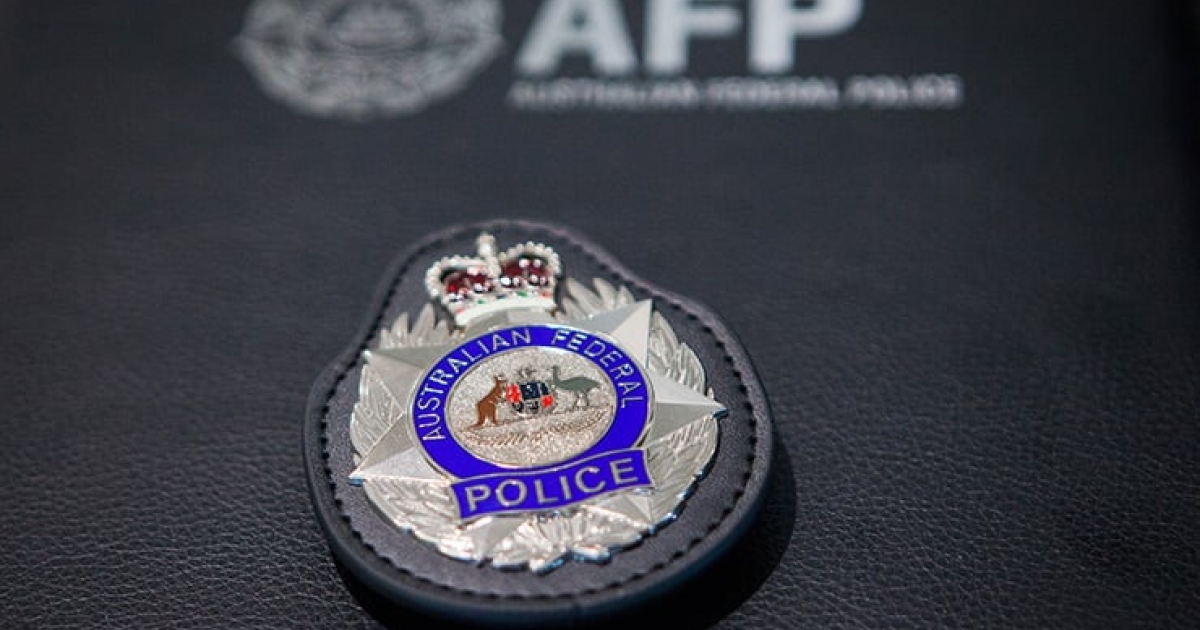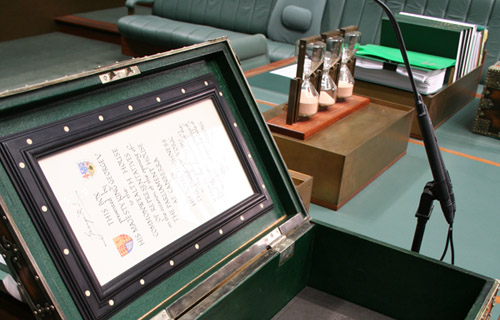The Marshall Liberal Government’s 2019-20 State Budget is on track to deliver a surplus and maintain projected modest surpluses across the forward estimates, according to the Mid-Year Budget Review (MYBR), released today.
It follows a return to surplus in the Marshall Government’s first Budget (2018-19) of $289 million, turning around a significant $313 million deficit left by the former Labor government – which recorded 6 deficits out of its last 8 budgets.
Treasurer Rob Lucas said the MYBR records a net operating surplus of $91 million in 2019-20, only marginally down from the $94 million surplus projected in the recent State Budget – in spite of a write down of $30 million in GST revenue in 2019-20 ($148 million over four years) to reflect the expected downward revision to the national GST pool; and includes a number of new initiatives totalling $761.5 million over four years.
The MYBR reaffirms the Government’s disciplined approach towards responsible financial management with projected balanced budgets over the forward estimates, whilst delivering a strong foundation for South Australia’s future with a record $12.9 billion infrastructure program (over the four-year period 2019-20 to 2022-23) to drive positive economic and jobs growth.
It delivers historic land tax reform in South Australia to drive investment and create jobs, by reducing the top tax rate from a national high 3.7% to just 2.4%, and incorporates the government’s major new Housing and Homelessness strategy to deliver more than 20,000 affordable housing outcomes over the next decade.
It also maintains our commitment to massive tax cuts including $90 million in ESL savings per year, the abolition of payroll tax for all small businesses as well as land tax cuts for tens of thousands of investors to ease the cost of living for South Australians and reduce costs for businesses.
“The Mid-Year Budget Review reaffirms our commitment to responsible financial management which delivers modest surpluses and a strong foundation for ongoing jobs and economic growth,” said Mr Lucas.
“In stark contrast to the gross incompetence and mismanagement of the former Labor government which wasted millions of taxpayers’ dollars and left us with a massive deficit, the Marshall Liberal Government can be trusted to rein in spending to keep the state’s finances firmly in the black.”
“This comes in spite of a further $148 million write-down of GST to reflect expected downward revisions to the national GST pool and significant headwinds in the national economy, and lower than expected conveyance duty revenues (of $157 million over four years).
These write-downs underpin the importance of ongoing sensible salary enterprise bargaining settlements for public sector workers.”
New budget initiatives in the MYBR include:
• The government’s land tax reform package, which is estimated to provide total relief of $189 million to taxpayers over the three years to 2022-23
• $554.6 million over 10 years to 2029-30 to support a major new Housing and Homelessness strategy
• $74.6 million over four years to further support the reactivation of the Repatriation General Hospital site and to address capacity constraints at the Flinders Medical Centre Emergency Department
• $327.0 million to accelerate a number of major road infrastructure projects in partnership with the Commonwealth Government
• Other major road and rail infrastructure projects: $87.5 million over two years to enable completion of the Darlington Upgrade project and $16 million over two years for the Flinders Link project
• $9.65 million for the staged opening of reservoirs for a range of recreational activities and to deliver economic benefits for the local community and regions
The Mid-Year Budget Review also reports higher-than-expected payroll tax revenues (of $38 million over four years). Overall state taxation estimates across the forward estimates are $445 million lower compared with the 2019-20 budget estimates.
Employment growth in South Australia is forecast to be 1 per cent in 2019-20 and across the forward estimate years, the same as at budget time. This follows an employment increase of 1.4% in 2018-19.
The Gross State Product (GSP) growth forecast for 2019-20 of 1¾ per cent (down from a growth forecast of 2½ per cent at the time of the 2019-20 Budget), reflects a lower than anticipated winter crop production and the slower than expected growth in consumer spending more generally as is being experienced throughout the Australian economy.
Investing expenditure is budgeted to be $10.2 billion in the general government sector over the four-year period 2019-20 to 2022-23.
At 30 June 2023, non-financial public sector net debt is estimated to be $22.2 billion, an increase of $971 million compared with the 2019-20 budget estimates. In addition to the downward revision to GST grant revenue estimates, the increase is primarily a result of the government’s accelerated infrastructure program, SAHA’s housing, homelessness and support strategy, as well as an increase of $222 million as a result of the revised accounting treatment associated with the lease of the state’s temporary electricity generation assets to the commercial sector.
While net debt increases, it remains within affordable limits, with NFPS net interest expenses estimated to be $166m lower over the forward estimates compared to the forecast in the 2019-20 Budget.
“We are unapologetic in our commitment to drive the state’s economy and create more jobs by investing in productive infrastructure that will benefit South Australians now and into the future,” said Mr Lucas.
“This increased borrowing is consistent with the decisions of other states and reflects advice of the Reserve Bank of Australia for Governments to capitalise on the low-interest rate environment and bring forward job-creating infrastructure programs.”







